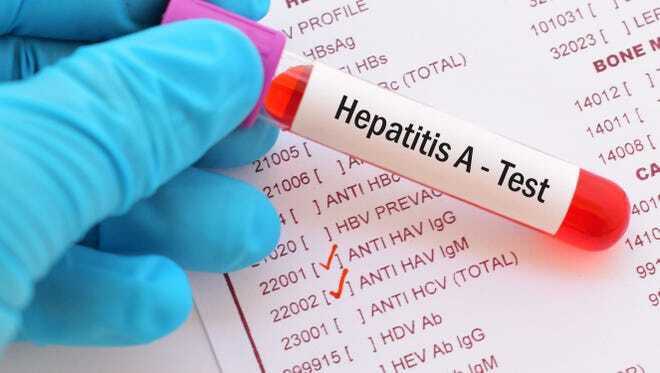Hepatitis A infection is typically diagnosed through blood tests.
The various human hepatitis viruses cause very similar symptoms. Therefore, neither the individual nor the healthcare provider can tell by symptoms or signs if a given individual is suffering from hepatitis A unless laboratory tests are performed.
Fortunately, blood tests are widely available to accurately diagnose hepatitis A, including tests for antibodies, or the affected person’s immune response to hepatitis A proteins. This immune response is conclusively demonstrated by the presence of Immunoglobulin M (IgM) antibodies, indicating acute disease, and immunoglobulin G (IgG), indicating a past infection or vaccination. The IgG antibodies are present for life, indicating immunity.

For a positive hepatitis A diagnosis, HAV RNA is present in blood and feces soon after infection (while an individual is asymptomatic), until 1 to 2 weeks after the onset of symptoms. Longer shedding in feces can occur in children and those infected with HIV. HAV is also shed in saliva and urine, but no assays are available to detect this.

Following is some guidance for the interpretation of the test results:
- IgM negative / IgG negative: Most persons with these results have never contracted hepatitis A. Antibodies of the IgM variety develop five to ten days prior to the onset of symptoms.
- IgM positive / IgG negative: This result indicates acute hepatitis A.
- IgM positive / IgG positive: This result indicates that acute hepatitis A occurred within the last six months. By six months, the IgM reverts to negative.
- IgM negative / IgG positive: Persons with this result are immune to hepatitis A. They have either been infected with the virus months or years in the past (with or without symptoms) or they have been vaccinated for hepatitis A. However, if they are currently ill, it is not likely to be due to hepatitis A.